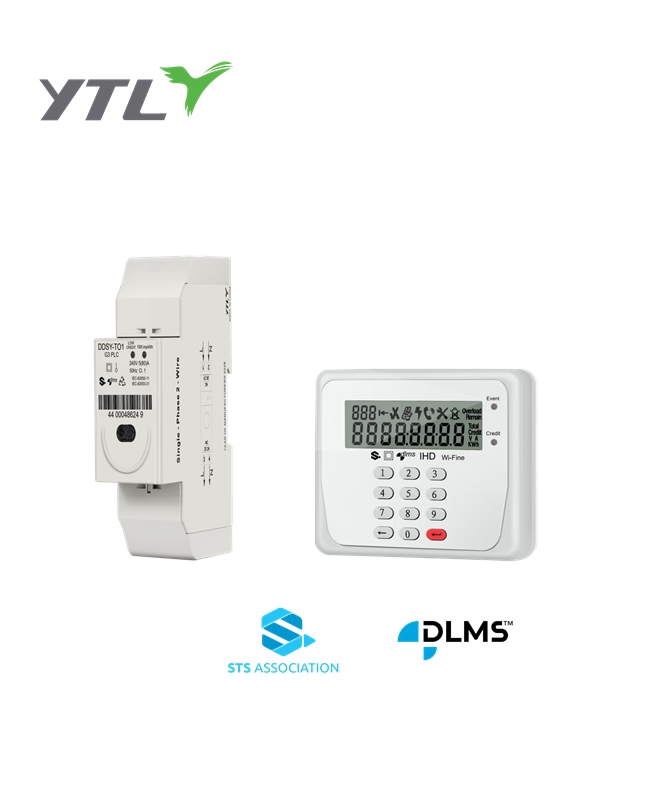YTL prepaid meter Smart DIN rail Singlephase 2 Wire IR Remote Prepaid Electronic

While prepaid meters are more convenient for consumers, they are not free of costs. Not only do consumers need to buy tokens, they also have to pay for transport and opportunity costs. In South Africa, for example, there are only seven prepaid meter vending stations and one of them is open 24 hours a day. Moreover, these meters require maintenance, which is a significant cost.These costs may deter many utilities, particularly those with a limited capital budget. However, a successful implementation of prepaid meters has the potential to improve cash flows for electricity providers and reduce bill nonpayment among prepaid customers. In South Africa, for example, a study found that prepaid meters resulted in a reduction in power tamper, while helping the utility recover costs. These results have implications for expanding energy access to the poor.
Prepaid meters are a new technology that gives consumers control of their electricity usage. They also promote energy efficiency and conservation. As a new technology, however, it is difficult to understand how consumers will react to them. Few studies have looked at consumer attitudes and perceptions of prepaid meters before they are implemented.While prepaid meters have many benefits for consumers, they may not be the best choice for everyone. Some people feel that prepaid meters are not affordable, especially for low-income consumers. However, the higher initial costs and frequent credit purchases may discourage some utilities from implementing them. In addition, the meters may pose a threat to the energy security of low-income consumers. In order to mitigate this, utilities should implement co-existing programs to make them affordable. These programs could include means-tested discounts and subsidies for lifeline tariffs.For example, British Gas has a Home Energy Top Up service that uses a bespoke solution developed by PayPoint.
Meanwhile, ScottishPower has a similar solution for electricity prepayment. While prepayment systems will likely remain around for a while, they will gradually be replaced by smart PAYG services. Last year, Itron launched its Centian prepayment meter, which is equipped with Near Field Communications (NFC) technology, enabling consumers to view their balance and make contactless payments. It also has features such as currency transfer and time-of-use tariffs.There are several advantages of prepaid meters. First, you can avoid the late payment and reconnection penalties. Secondly, you can build up a credit for the winter and summer seasons. You can also top up the credit using prepaid cards or keys. But you need to visit a service agent to do that. Also, you must spend some money replacing the old billing meters.

 English
English 中文简体
中文简体



.jpg?imageView2/2/w/500/h/500/format/png/q/100)









